The seeds of Gufram were sown in Turin in 1952, when the Gugliermetto brothers opened an atelier for furniture production. In the 1960s, as the ideas of radical architecture and anti-design took root in Italy—particularly in Turin—the Gugliermetto brothers began to look for new ways to support emerging artists, architects, and designers and their experimentations with new forms and materials for furniture production. In 1966, Gufram (an acronym of Gugliermetto Fratelli Arredamenti Moderni) was formed as a “creative laboratory” under the art direction of Italian designer Giuseppe Raimondi (d. 1997). From the start, the brand was dedicated to aesthetic, technological, and material research that valued artistic freedom over purely functional and logistical constraints.
Polyurethane foam became Gufram’s signature medium; its extreme malleability and versatility proved particularly suited to express the brand’s provocative, Pop Art-inspired, often tongue-in-cheek aesthetics. Through the late-’60s and early-’70s, Gufram innovated a number of now-iconic, molded polyurethane objects, frequently working with the most avant-garde designers of the day. Standouts from Gufram’s early catalogue include Raimondi’s space-age Alvar Lounge (1967); artist Piero Gilardi’s rock-like Pavèpiuma Carpets (1967) and Sassi (1968); physicist Tullio Regge’s mathematically-derived Detecma Chair (1968); radical designers Giorgio Ceretti, Pietro Derossi, and Riccardo Rosso beloved faux grass Pratone (1971); radical designers Studio 65’s Dalí-esque, mouth-shaped Bocca Sofa (1970); and designers Guido Drocco and Franco Mello’s Cactus Coat Stand (1972).
Gufram began to receive national attention following its presentation at the 1968 Triennale in Milan. International acclaim, however, arrived with the brand’s inclusion in MoMA’s seminal 1972 exhibition, Italy: The New Domestic Landscape, which brought together conceptually-driven works from the likes of Joe Colombo, Gaetano Pesce, and Archizoom, and, arguably, ushered out the reign of modernism. Gufram has ever since lived in the annals of design history.
Today the brand’s extensive catalogue is divided into two collections: “Made in Italy,” which comprise open editions, such as Raimondi’s Alvar and Mozza (1968), Regge’s Detecma, Fabio Novembre's Jolly Roger (2013), Karim Rashid's Bounce (2014) and “Handmade in Italy,” which comprise handcrafted limited editions, such as Gianni Ruffi's La Cova (1973), Valerio Berruti's Summertime (2013), and The End (2014) produced in collaboration with Maurizio Cattelan’s and Pierpaolo Ferrari’s TOILETPAPER, among others. Other recent collaborators include Emanuele Magini, Studio Job, and Ross Lovegrove.
Gufram maintained its headquarters in Turin for 30 years until 2005 when it was acquired by the Poltrona Frau Group. Subsequently, in 2011, Gufram was purchased by Mrs. Sandra Vezza and her son Charley, entrepreneurs in the industry who were motivated to revitalize the historic Italian brand. Gufram is now headquartered in Barolo and Roddi, Italy.
Gufram’s designs can be found in many of the world’s major design collections, including The Metropolitan Museum of Art and MoMA in New York, the Vitra Design Museumin Weil am Rhein, the Triennale di Milano, the Centre Pompidou in Paris, and many more.
* All images courtesy of Gufram.
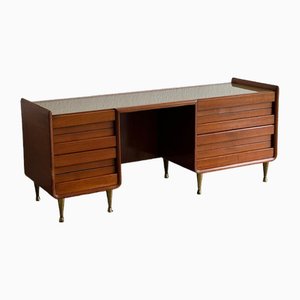





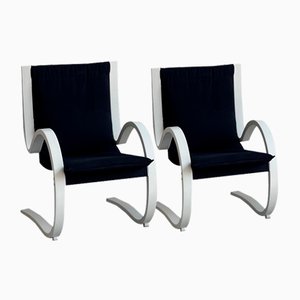

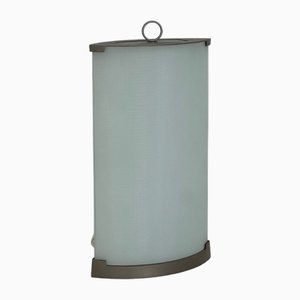
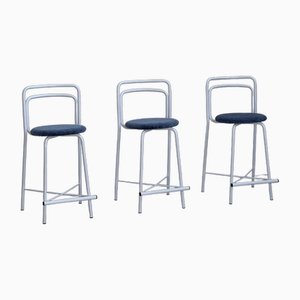


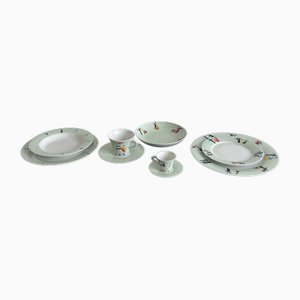
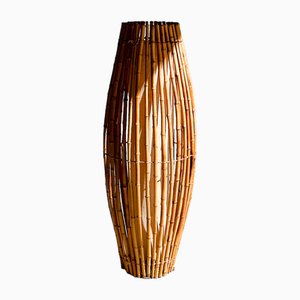
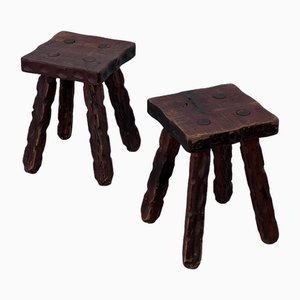
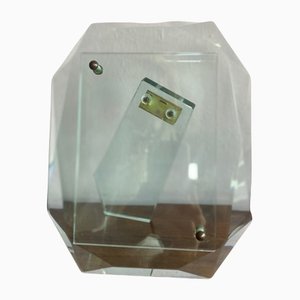
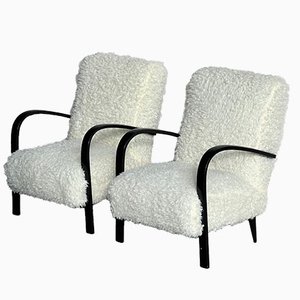
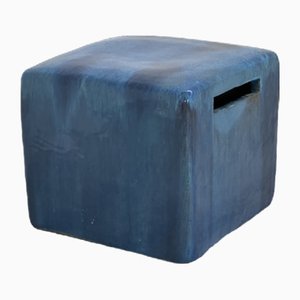


Contacta con nosotros
Haz una oferta
¡Hemos notado que eres nuevo en Pamono!
Por favor, acepta los Términos y condiciones y nuestra Política de privacidad
Contacta con nosotros
Haz una oferta
¡Ya casi está!
Para seguir la conversación en la plataforma, por favor completa el registro. Para proceder con tu oferta en la plataforma, por favor completa el registro.Exitoso
Gracias por tu consulta, alguien de nuestro equipo se pondrá en contacto contigo en breve.
Si eres profesional del diseño, por favor solicita aquí los beneficios del Programa comercial de Pamono